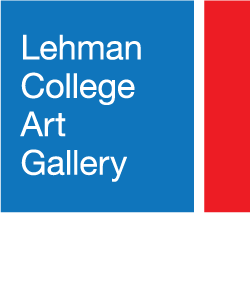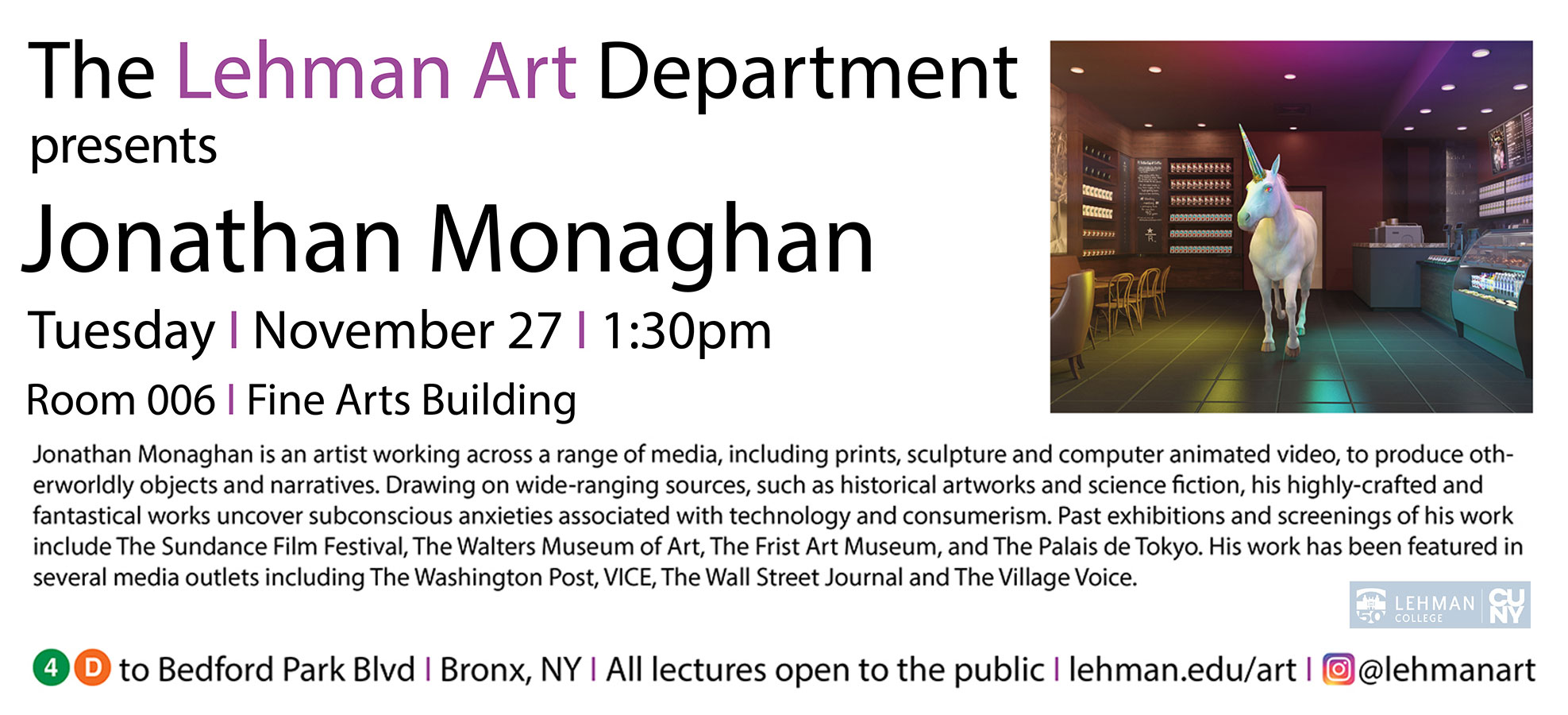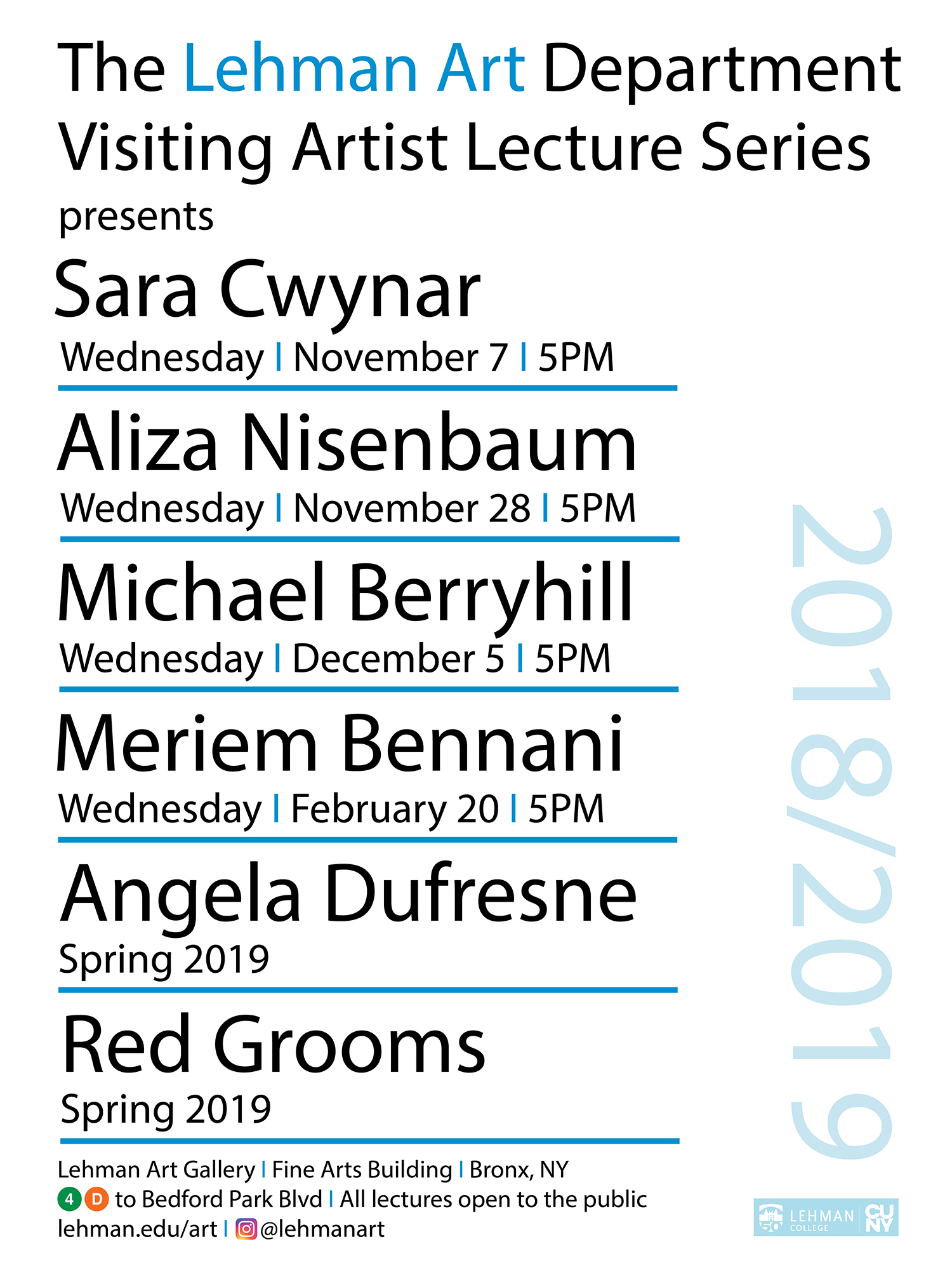Tesoros Taínos: La Herencia del Dr. Ricardo E. Alegría
The exhibition, Web site, and related programs have been made possible through the generous support of The Rockefeller Foundation, the National Endowment for the Humanities, The New York Council for the Humanities, The Reed Foundation, Con Edison, The Max and Victoria Dreyfus Foundation, and the New York State Council on the Arts
Acknowledgements / Agradecimientos by Susan Hoeltzel
Taíno Treasures: The Legacy of Dr. Ricardo E. Alegría / Tesoros Taínos: La Herencia del Dr. Ricardo E. Alegría
by Irvine R. MacManus, Jr.
Taíno Art / Arte Taíno
by Iván F. Méndez-Bonilla
Ricardo E. Alegría: The Gift of Cultural Self-Awareness / Ricardo Alegría: El Legado de Auto Conciencia Cultural
by Carmen Dolores Hernández
List of artifacts / Lista de obras
Taíno Treasures: The Legacy of Dr. Ricardo E. Alegría
Organized by independent curator Irvine Rafael MacManus and with the guidance of Dr. Ricardo Alegría, Taíno Treasures is a collaboration with three insitiutions in Puerto Rico and Lehman College Art Gallery/CUNY. The works have been borrowed from to the Universidad del Turabo, Museo y Centro de Estudios Humanisticos; the Instituto de Cultura Puertorriqueña, División de Arquelogía y Arte; and the Universidad de Puerto Rico, Museo de Historia, Antropología y Arte.
Taíno Treasures presents fifty objects including ritual and religious artifacts, adornments, and utilitarian objects which convey a sense of the culture and the work of the Taíno artists and their ancestors living in the Greater Antilles from 100 A.D. to 1500 A.D. The Taíno, people of the Arawakan linguistic group who began to migrate to the Antilles from South America about twenty-five hundred years ago, were the first indigenous people in the Americas to encounter Spanish explorers. They lived in large permanent villages throughout Puerto Rico, the Dominican Republic, Cuba, Jamaica, and the Bahamas. Their artists carved stone, wood, bone and shell. They were potters and weavers. The exhibition includes axes, mortar and pestles, cups, and clay vessels. Objects that shed light on the spiritual beliefs and forms of social organization of the Taíno are also presented. The exhibition includes objects carved with pictographs and geometric symbols that visually reference Taíno mythology and worldview. Duhos, ritual seats, and zemis, important spiritually charged religious objects representing Taíno deities, are also included. Ball courts and games played a significant role in ritual and community life for indigenous people throughout the Americas and were an important part of the Taíno culture as well. The exhibition will also include objects such as stone belts associated with ball games.
This exhibition is also intended to introduce the exceptional career of Dr. Alegría, focusing on his Taíno archaeological discoveries, his writings, and his establishment of historic sites. Dr. Alegría’s multifaceted history of leadership in the fields of archaeology, anthropology, historic preservation, and folklore, and his lifelong commitment to the arts and letters has placed him among the outstanding men of the 20th century. His pioneering work with Dr. Irving Rouse of Yale was significant in establishing the archaeological record of the earliest indigenous inhabitants of the islands of the Caribbean. The extent of his contribution to the study, scholarship, excavation, restoration and exhibitions of archaeological sites has been invaluable and has provided a generation of young students with a richer understanding of the cultural history of the Caribbean.
During his career Dr. Alegría established 15 museums; played an instrumental role in the founding and development of the Instituto de Cultura Puertorriqueña, restored numerous historic sites; created the blueprint that led to the preservation of Old San Juan and Ponce. Dr. Alegría’s contributions have earned him important recognition including the Frankle Prize from the National Endowment for the Humanities, the Gold Picasso Prize for the creation of the City of San Juan’s Historic World Heritage Site, awarded by UNESCO, and the Smithson Medal by the Smithsonian Institution for 50 years of extraordinary contributions to the Arts and Letters and World Culture.
These programs have been made possible through the generous support of The Rockefeller Foundation, the National Endowment for the Humanities, The New York Council for the Humanities, The Reed Foundation, Con Edison, The Max and Victoria Dreyfus Foundation, and the New York State Council on the Arts.
Symposium
Dr. Félix D. Matos Rodríquez, Director, Centro de Estudios Puertorriqueños, Hunter College, moderator; Dr. Ivan Mendez, Director of Archaeological Collections, University of Puerto Rico; Dr. Ovidio Dávila, Director, Division of Archaeology, Institute of Puerto Rican Culture; Dr. Carmen Dolores Hernandez, Dr. Alegría’s biographer, and Xavier Totti, Department of Puerto Rican Studies, Lehman College.
Ritual Blessing of the Objects—Taíno Treasures



